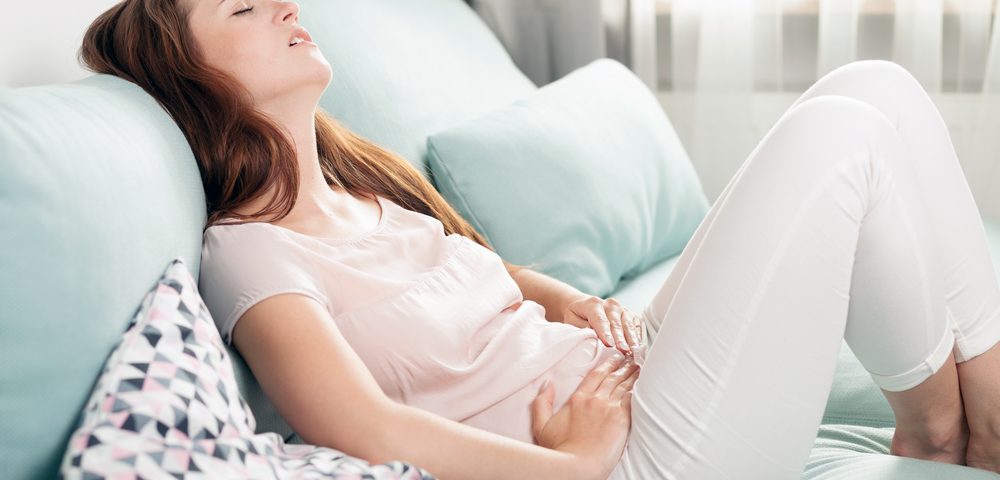Persisting disease symptoms after conventional therapy and dissatisfaction with medical support were identified as the key reasons why women with endometriosis choose complementary health approaches and home remedies to relieve their pain, a new study reports.
Topical heat and rest were the women’s top choices and considered effective ways to treat endometriosis-related pain.
The study “The use of home remedies and complementary health approaches in endometriosis” was published in the journal Reproductive Biomedicine Online.
Surgical excision and ablation (surgical removal) of endometriosis lesions is currently one of the treatment strategies for endometriosis. However, its benefits are short-lived, as one in four women requires a new surgery within four years and symptoms come back within five to seven years after surgery in 50-60% of the women.
Hormonal therapies, which work to control or stop the monthly hormone cycle, often by reducing estrogen levels, also are used as a strategy to prevent or slow the growth of the endometrial tissue, easing pain and inflammation.
Examples of hormonal therapies include gonadotrophin releasing hormone (GnRH) receptor agonists, combined oral contraceptives and hormonal contraceptives that mimic the hormone progesterone, called progestin therapies.
However, these therapies include adverse side effects (nausea, risk of thrombosis) and women may experience the return of pain once the treatment stops. Overall, while the medical treatment for endometriosis has improved, “recent studies show these provided only temporary or intermittent benefits,” researchers wrote.
As a result, women with endometriosis often look for alternative therapeutic approaches, the so-called complementary health approaches and home remedies to relieve their pain.
These include topical heat, rest, relaxation, movement, massage, kinesiology (a holistic approach that focuses on muscle responses), physiotherapy, homeopathy, phytotherapy (herbal medicine), acupuncture and traditional Chinese medicine.
However, little is known about the frequency of use of complementary health approaches among women with endometriosis.
Researchers at the University Hospital Zürich, Switzerland and colleagues performed an analysis of medical records of women with endometriosis living in Switzerland, Germany and Austria.
Participants were asked about their quality of life and answered a questionnaire in which the researchers inquired about their use of complementary health approaches as a strategy to manage their symptoms.
Data of 574 women with surgically and histologically confirmed endometriosis, participants of the study (NCT02511626), were included in the present report.
Chronic pain due to endometriosis was experienced by 56.8 percent of the women (326 patients), with the lower abdomen and pelvis being the most affected areas. In 53.7 percent of these cases (175 women), the onset of pain occurred with the beginning of menstrual bleeding.
Hormone therapy after surgery was given to 75.1 percent of the participants, which included progestin (40.8 percent), combined oral contraceptives (40.6 percent), or GnRH receptor agonists (35.7 percent).
Only progestins or combined oral contraceptives eased participants’ symptoms.
Of the 574 women, 359 (62.5 percent) used some form of complementary health approach or home remedies. The majority of women opting for this type of alternative approach said their treatment choice was effective at relieving pain.
Women with fatigue-related symptoms and unhappy with the treatment prescribed by their physician (79 patients) were those choosing alternative therapies more frequently, with the more popular therapies being topical heat and repose.
Homeopathy or phytotherapy, acupuncture/traditional Chinese medicine and movement/ massage were selected by approximately one-quarter of all participants, but these were equally used by women dissatisfied and satisfied with their physicians’ treatment.
Sixty-three women (11 percent) said their physicians were very open to the use of complementary health approaches and home remedies, but 156 of the participants reported the opposite.
Overall, this study shows that the “majority of women with endometriosis seek additional treatment strategies such as CHA [complementary health approaches]/HR [home remedies] to deal with and/or cure symptoms of the disease, as they seem to provide a better therapeutic effect than hormonal therapies,” researchers wrote, a decision fostered by “persisting disease symptoms after conventional therapies and dissatisfaction with medical support.”
“Women’s needs should be carefully investigated within medical counselling and women should be offered a more active role in developing adequate individual treatment strategies,” the study concluded.

